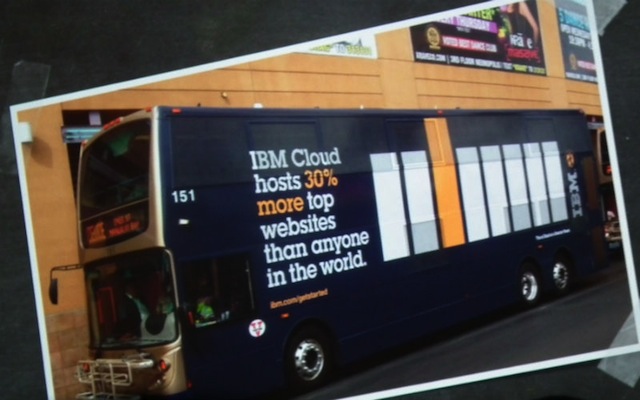 I have been responsible for editing and publishing over 1,200 articles in the realm of cloud computing over the last two years. Besides creating articles, at IamOnDemand (IOD), we also review trending topics, cultivate relevant ideas, and select the right headlines for articles we create. Just like every organization that wants to grow fast while enhancing its service, products and customer satisfaction, we are constantly on the lookout for creative methods and innovative technologies that support robust and quality delivery.
I have been responsible for editing and publishing over 1,200 articles in the realm of cloud computing over the last two years. Besides creating articles, at IamOnDemand (IOD), we also review trending topics, cultivate relevant ideas, and select the right headlines for articles we create. Just like every organization that wants to grow fast while enhancing its service, products and customer satisfaction, we are constantly on the lookout for creative methods and innovative technologies that support robust and quality delivery.
One of the main challenges in content writing is finding a healthy way to integrate innovative and unique ideas into an already existing and ever-fluctuating market. You may have spent hours or even weeks writing an amazing article, only to discover that no one read it once it was published. Maybe people overlooked it; maybe they clicked on its title and left the page after reading two sentences. Ultimately, the post did not achieve the user engagement that you had hoped for, leaving you with an 80% bounce rate.
Curious? check out IOD Ideation or just keep on reading.
(more…)






 The web is exploding with content and publications about the cloud and technology, which can make it challenging to garner attention for your own blog’s content. Consequently, we created
The web is exploding with content and publications about the cloud and technology, which can make it challenging to garner attention for your own blog’s content. Consequently, we created 
 The rapid development of SaaS applications in the cloud means more and more people, features and open source applications are combining together into one huge platform. Due to the immediacy of software development, a major challenge for software vendors is to audit changes in their application environments, such as system configurations. The problem is that any `change performed at any stage of an operation can impact other areas of an application. This digital butterfly effect can be very detrimental in today’s fast-paced, on-demand environment. It becomes even more destructive when these changes can’t be found, due to inadequate tracking. Failure to track changes, can greatly affect a company’s revenues and success.
The rapid development of SaaS applications in the cloud means more and more people, features and open source applications are combining together into one huge platform. Due to the immediacy of software development, a major challenge for software vendors is to audit changes in their application environments, such as system configurations. The problem is that any `change performed at any stage of an operation can impact other areas of an application. This digital butterfly effect can be very detrimental in today’s fast-paced, on-demand environment. It becomes even more destructive when these changes can’t be found, due to inadequate tracking. Failure to track changes, can greatly affect a company’s revenues and success.

 I have been responsible for editing and publishing over 1,200 articles in the realm of cloud computing over the last two years. Besides creating articles, at IamOnDemand (IOD), we also review trending topics, cultivate relevant ideas, and select the right headlines for articles we create. Just like every organization that wants to grow fast while enhancing its service, products and customer satisfaction, we are constantly on the lookout for creative methods and innovative technologies that support robust and quality delivery.
I have been responsible for editing and publishing over 1,200 articles in the realm of cloud computing over the last two years. Besides creating articles, at IamOnDemand (IOD), we also review trending topics, cultivate relevant ideas, and select the right headlines for articles we create. Just like every organization that wants to grow fast while enhancing its service, products and customer satisfaction, we are constantly on the lookout for creative methods and innovative technologies that support robust and quality delivery.

